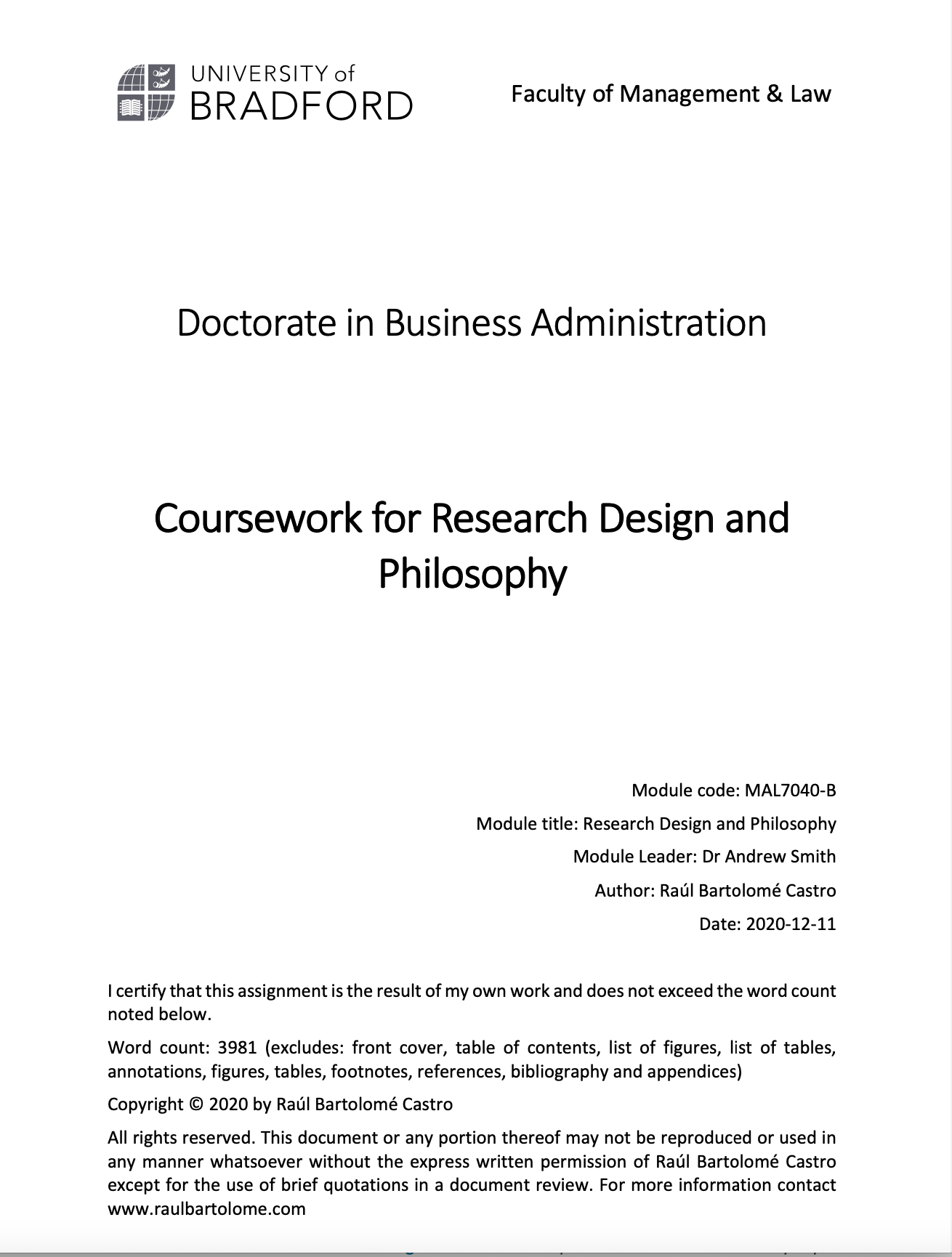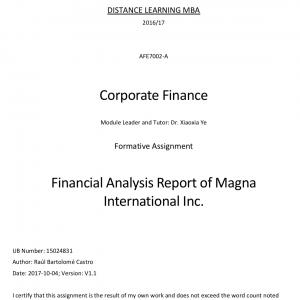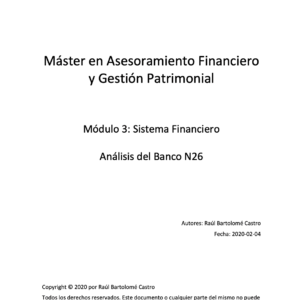This coursework defines the foundation of the DBA research project. It states the most significant theory that underpins the research, the Efficient Market Hypothesis (EMH), with evidences in favour and against of efficient markets. Next, argues that if the theory stands true, rational investors will only invest in passive portfolios, impacting the financial industry offering active financial products.
The paper identifies two gaps in the existing literature. Firstly, most of the financial and economic studies of capital asset pricing uses total stock return as main dependent variable ignoring other important variables for investors, in particular the Equity Curve (EC) and its characteristics. Secondly, the established asset pricing evaluation is conducted following the buy-and-hold strategy for the lifecycle of the study, this is meaningless for many individual investors because they follow the portfolio rebalancing adapted to the investor’s lifecycle.
The gaps in the literature promotes two research questions. With a concentric attention to the investor’s equity account, and the study of the EC and its characteristics. The first question asks what type of portfolios are more attractive for investors, active or passive. The second question is intended to evaluate multiple trading/investing strategies to discuss the most convenience options for investors.
The DBA thesis might have high potential social impact. From one hand, will contribute the EMH testing and consequently supporting active or passive investment products. From the other hand, as a toolkit for financial advisors and planners.
The literature chapter is divided in three blocks. Articles related to EMH (Fama 1970; Malkiel 2003c; Lee et al. 2010), to active and passive portfolios (Elton et al. 1999; Levy and Lieberman 2016) and EC and trading algorithms (Davey 2015; Kisela et al. 2015; Conlan 2016; Huxley et al. 2016).
Two distinctive research methods in the field are analysed, a classic quantitative case (Levy and Lieberman 2016) and one mixed method (Graham et al. 2005). Both reviews include an overview of the article and a systematic methodology review using the ‘research onion’ (Saunders et al. 2019).
The body of the document ends with the definition of the research method and design for the DBA thesis. It captures a real automated trading system and the required system to articulate the research project. The systemic definition of the research methodology defines the research methodology as pragmatic, the approach to theory as deductive, the method as quantitative, the strategy as archival research, time horizon longitudinal and cross-sectional, the data collection as purposive non-probability and finally, the analysis based on algorithms is R or Python with the help of SPSS.
€2,99




Reviews
There are no reviews yet.